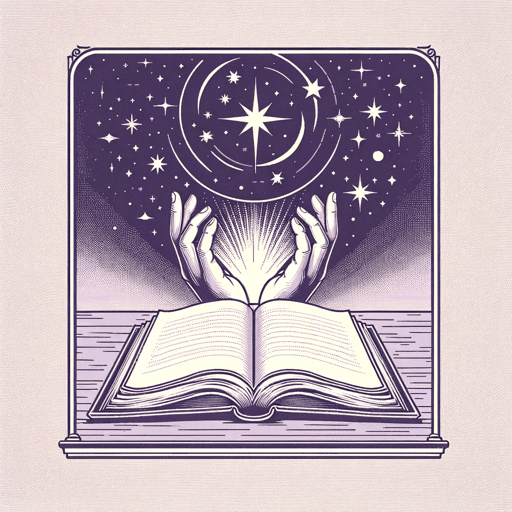48 pages • 1 hour read
Thomas PaineThe Rights of Man
Nonfiction | Book | Adult | Published in 1791A modern alternative to SparkNotes and CliffsNotes, SuperSummary offers high-quality Study Guides with detailed chapter summaries and analysis of major themes, characters, and more.
Part 2, Chapter 3Chapter Summaries & Analyses
Part 2, Chapter 3 Summary: “Of the Old and New Systems of Government”
Paine contrasts the old governments, which he defines by their hereditary nature, with the new revolutionary governments of America and France, which are based not on heredity power but on representation. He denounces the hereditary principle as tyrannical and absurd. He notes that Burke views all governments through the lens of three categories—monarchy, aristocracy, and democracy—with elements of all three supposedly comprising the British constitution. He argues that Burke confuses the democratic elements in the British system with genuine representation. Significantly, Paine distinguishes between democratic elements within a non-republican system and direct representation, describing the latter as part of the republican system adopted in America and France. He identifies the American government, which is based on representation, as the world’s only true republic.
He then contrasts the vast American republic with the simple democracy of ancient Athens. In America, representation allows for the enlargement of the sphere of self-government, where simple democracy would be impracticable. He returns to the subject of monarchy, contrasting the exalted reputation of US President George Washington with the monarchs who sit on Europe’s thrones.
Related Titles
By Thomas Paine
Featured Collections
Books on Justice & Injustice
View Collection
Books on U.S. History
View Collection
Challenging Authority
View Collection
Class
View Collection
Class
View Collection
European History
View Collection
Nation & Nationalism
View Collection
Philosophy, Logic, & Ethics
View Collection
Politics & Government
View Collection
Power
View Collection




